
Most Popular Security Plugins for WordPress By Rennie Bottali

Most Popular Security Plugins for WordPress By Rennie Bottali

200 Google Ranking Factors By Rennie Bottali

What Social Media Platforms Are Best For Your Business? By Rennie Bottali

Google PageSpeed Insights for Beginners – Rennie Bottali

SEO Checklist For Web Site Redesign By Rennie Bottali
Social Media Reference Guide For 2016 – Rennie Bottali
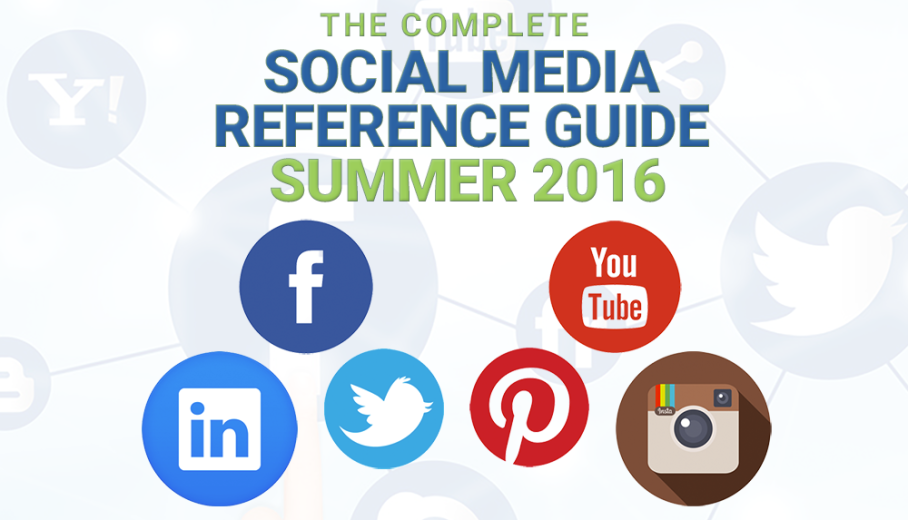
The Complete Social Media Reference Guide Summer 2016” and which we have broken down for you here.It includes Facebook, Instagram, Pinterest, Twitter and YouTube…
Image Sizing, Keyboard Shortcuts & Best Days/Times to Post
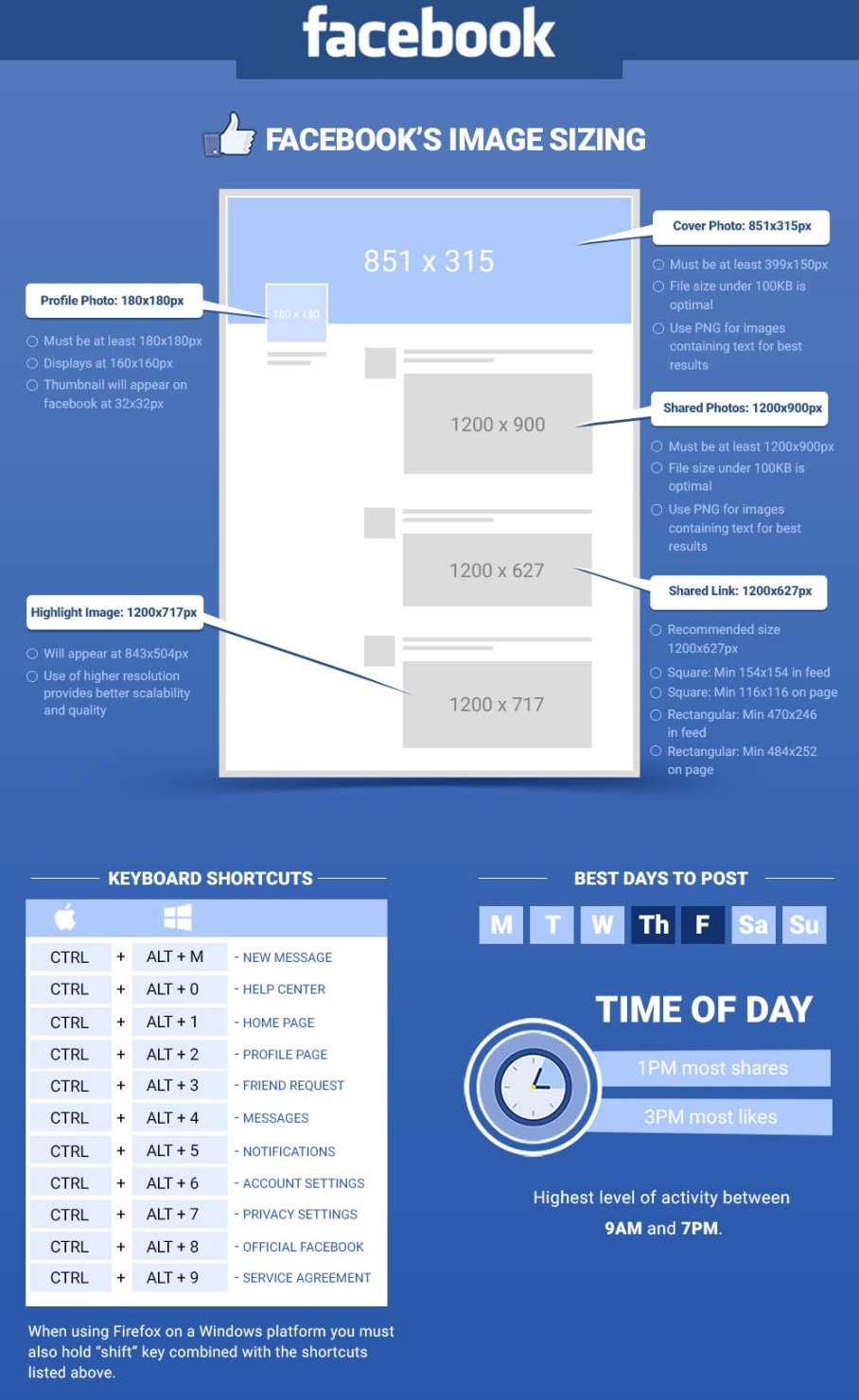
Image Sizing

Image Sizing
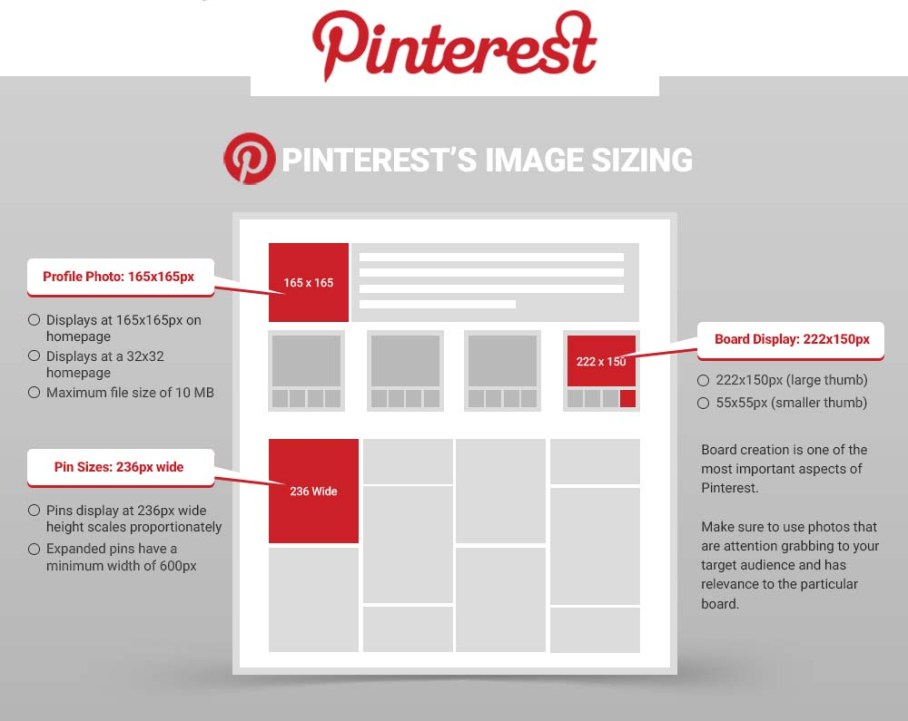
Image Sizing, Keyboard Shortcuts & Best Days/Times to Post
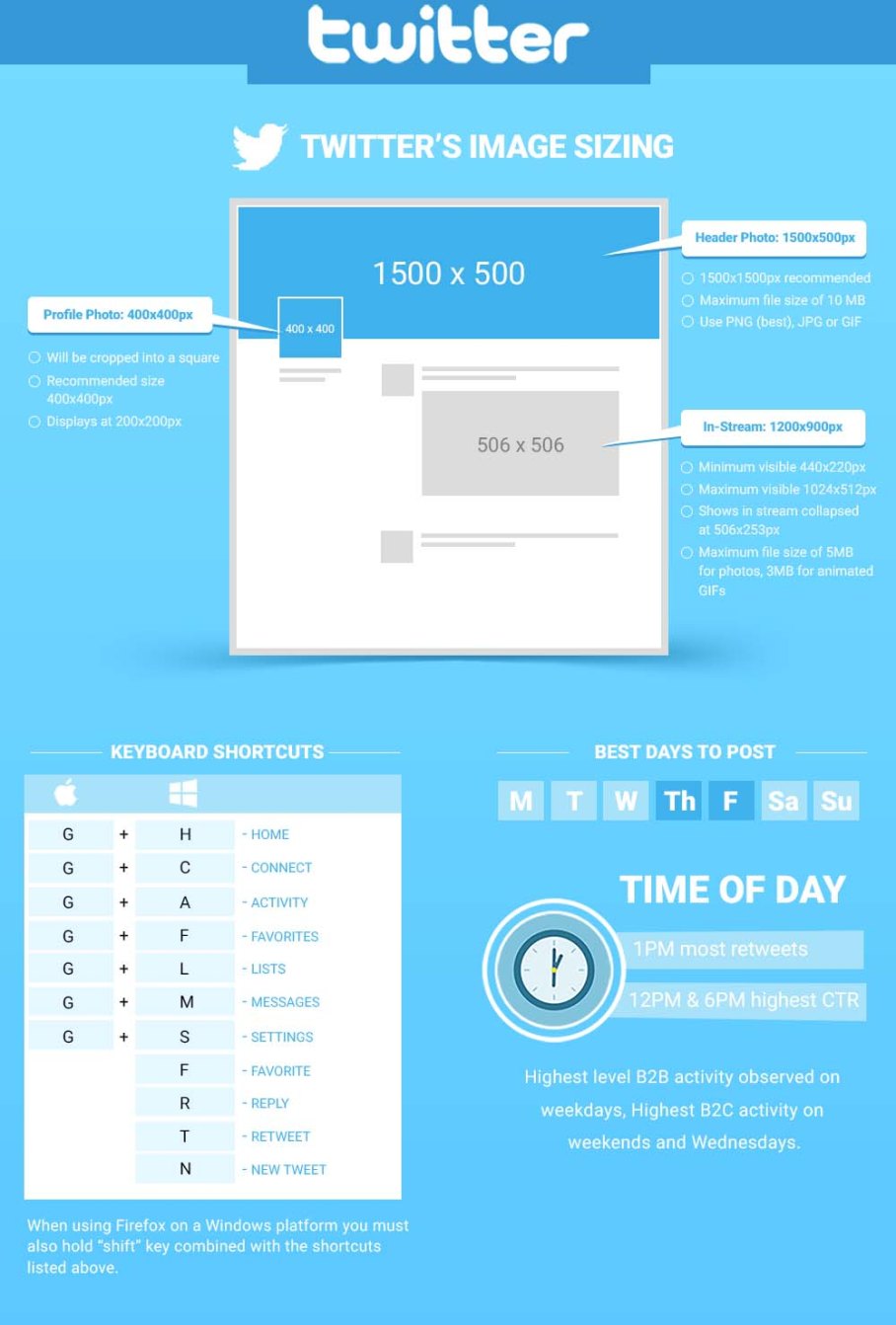
Image Sizing, Keyboard Shortcuts & Best Days/Times to Post
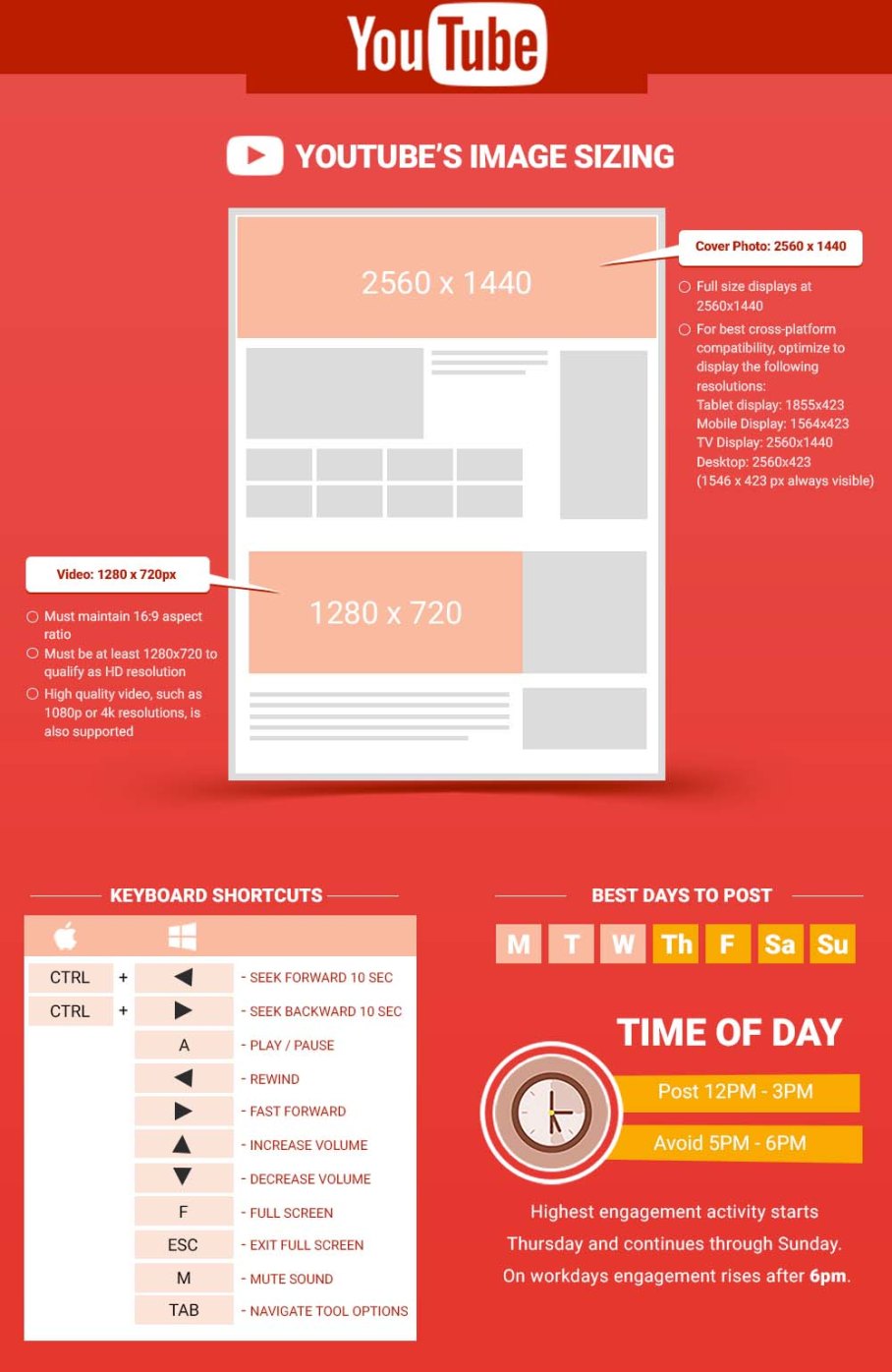
Infographics Vs Gifographics – Which Is Best???

Infographics-Vs-Gifographics – Rennie Bottali
Here are five of them…
First Impression
Apart from the overall appearance of your homepage, it is also important to show the credibility of your business. Being grammatically correct and having no typographical error on your site shows that you don’t settle for mediocre content. A huge chunk of visitors leaves a webpage because of misspelled words or wrong hyperlinking. Having a professional feel, with a touch of friendliness, exhibits how you approach customers online and offline. This helps create a sense of trust between you and your online visitor.
Good visual appeal is already half the battle when it comes to attention retention. However, that’s only a part of your work. Visuals may signal the start of a good user experience, but what’s the use if your site is all about form and not about function? Make it worthwhile for the visitor. They came to your website for answers, and they expect to get it from there.
All in all, both the appeal and general usability of a website can determine how successful it will be. Being able to show your whole business identity in the homepage will leave a remarkable first impression. Make that impression the right one.
Relevance through Maintenance
Keeping your website up-to-date suggests that you’re taking steps to make sure that visitors are updated with any changes in your company. Be it markups, markdowns, or new services, keeping them in the loop is both a badge of trust and a testament that servicing them is your pleasure
An outdated website means that visitors won’t be able to see any of the changes you may have done with your company. Apart from leaving them out of the news, perhaps even to the point of alienating them, this also implies that you don’t care enough to spread news of your current services. Worse, a visitor might even think that you have nothing new to offer, which can make your relationship stale.
Of course, this doesn’t just extend to you and your customers. Don’t expect that you’re the only one drumming up changes in your company. Your competitors will also try to spice things up, offering new services or even beating your own prices. The last thing you want to happen is having your trusted customers transferring companies.
Keep your website in tip-top shape. Make it show every relevant event, the old ones and especially the new.
Digital Presence
When you are consistent in maintaining your website, this shows another facet of your company: you strive to become relevant when it comes to digital presence.
Now that the world is moving more and more to the online age, having a pronounced presence in the digital world has become commonplace. So what’s stopping you from doing the same?
Having the mind and the hand to reach out to your customers in terms of being digital is beneficial. You get to communicate with them more often. You get to know what they want to say. You get to know what they’re thinking via their posts. These will be your edge in providing more than what your customers expect.
Statistics show that more people use their mobile devices when browsing the Internet. The jump in logic there is to make sure that your website is mobile-friendly and is just as good as the desktop version. With the increasing capabilities of handheld devices, responsive web design is no longer that big of a problem as before.
Adapting your systems to your customers’ preferences is always a good thing, especially when it comes to anywhere-anytime connectivity. Keep yourself connected with your customers.
Simplicity
Do you remember the series of sounds that would always play when you connect to a dial-up? That slow, agonizing process of connecting to the Internet? Nowadays, taking that long just to connect is longer than forever when it comes to Internet speed. Today, it would just take mere seconds to connect … and mere seconds to lose interest. With that in mind, it is best to keep your website simple in two senses.
The first one is to make sure that your website doesn’t take too much time to load. Two seconds is long enough for an online retail shop to load or a potential buyer will just up and leave.
This has become a new standard for any site. Without compromising visuals, put your main sellers in the homepage. Avoid embedding too much videos to keep loading times at a minimum. Having a few tricks that will wow a visitor is always good, but when those same tricks compromise your loading times, it will ironically turn away your customer. There should be a balance between the gimmicks and the content on your page.
The second deals with how a visitor navigates through your site, how easy they get from one page to another. For example, how quickly they shift from your “About Us” to “Products & Services” pages will reflect on their experience. Additionally, the loading times apply for every page you have. Since visitors expect to get as much information as quickly as possible, a combination of easily accessible pages and fast loading times will make them feel like they didn’t waste time on your site. This relates and connects to the first point above.
Influencing the psychological and subconscious need of a web user to be in control with your site is the game here. Always remember: quality over quantity.
Conversion
With all these things in mind, the end goal is to expand your marketing options while retaining your old customers. This is one of the reasons why you created a website to begin with. While it may not be your clincher, it can certainly guide you to closing that deal with a new customer. Apart from word of mouth, how else will they know your services if not from your site?
This is the takeaway here. A company’s website should be many things: a badge where greetings of a job well done boost your reputation, a keyhole that offers a sneak peek to how your company works, a means of communication, and, most importantly, a trove of information about your services, products, and even your story.
A website isn’t just a bunch of codes. It’s your company’s portfolio. Should you treat it like it’s nothing?

Social Media’s Role in Businesses – Rennie Bottali
Search engine optimization (SEO) should be a linchpin in any successful content marketing plan. But with search engines updating algorithms on a frequent basis, how is a mortal content marketer supposed to keep up?
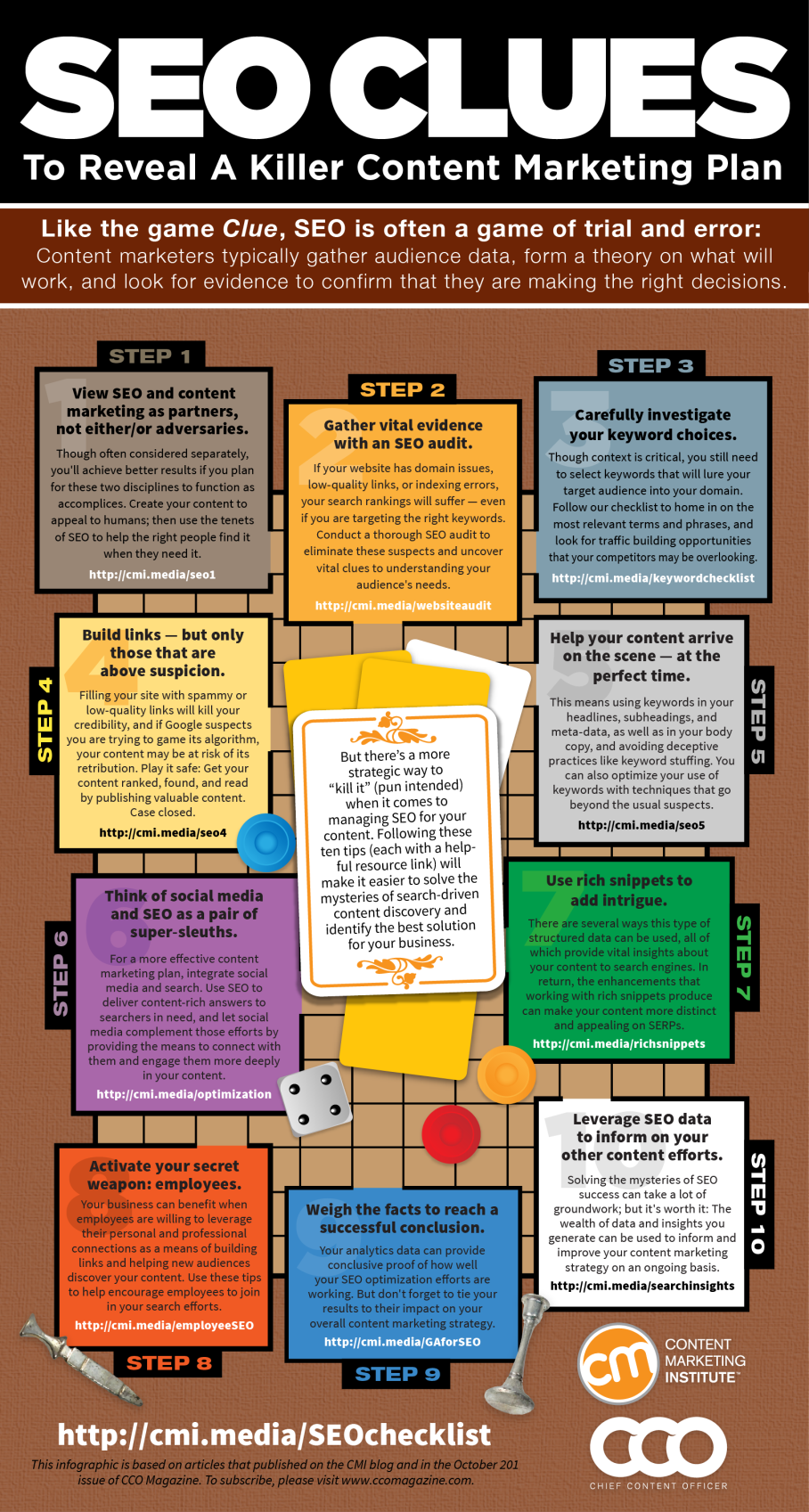
The Ultimate SEO Checklist By Rennie Bottali
We’ve collected advice from Content Marketing that will help content marketers navigate SEO even as search engine optimization evolves. Check out the following SEO checklist to make sure your content marketing is set up for success.
Let’s start with your plan as soon as you finish reading this post: If you haven’t already done so, document your SEO strategy. Depending on how far along your company is on SEO, you may need to write a basic strategy first, and then revisit it after doing some work to audit and analyze your current SEO efforts and data (more on that later!). But, if you follow CMI at all, you should already know that documenting your content marketing strategy is essential for success, and your SEO efforts should be a key part of that strategy. Content marketers who have a documented strategy are almost twice as likely to report that their content marketing is effective compared to content marketers without a documented strategy.
You may have read or heard about a “debate” between SEO and content marketing. Agencies that specialize in one or the other discipline may benefit from creating a distance between SEO and content marketing. But this way of thinking can be detrimental to the success of your content. In fact, Barry Feldman goes so far as to call this siloed thinking “ridiculous.” As Feldman writes, “Content marketing and SEO do not compete with each other.” He continues, “If we’re creating content to support our marketing objectives, a vital part of our execution strategies should be focused on optimizations that will increase the probability that our content will be discovered via search.” So, stop wasting time wondering whether you should implement content marketing or SEO. These disciplines are melding together and will provide greater success if they can work in tandem.
A good first step for improving your SEO is to audit your existing progress. In an industry with rapidly changing algorithms, writes Amanda DiSilvestro, “Reevaluating your SEO and your strategies is one of the only ways to stay on top of these changes and continue to move your website content forward.” Check out her post for steps and tools to audit your SEO.
There’s no set “first page” of search results anymore, writes Christopher Baldock in his post onusing an owned, paid, and earned strategy for SEO. Just as owned, paid, and earned media all factor into any good public relations and content marketing strategy, they can help content marketers navigate increasingly personalized search results.
Baldock also holds that, because of how personalized search is, the traditional metrics of page rank and keyword rank are no longer meaningful measures of SEO and content marketing success. As search becomes more focused on semantics, or the context of a search, marketers need to readjust the way they evaluate success. Baldock argues that marketers should measure based on four components: “volume, velocity, variety, and veracity,” which he contends should also be incorporated into how content marketers create and promote their efforts, as well as how they measure success. Jump over to his post for a more detailed breakdown of these terms and specific metrics attached to them.
Even though search is becoming more context-driven, choosing the right keywords and using them in an optimized way is still important. As Mike Murray says in his 12-step checklist for choosing the right keywords, “If you constantly create internet content without thinking through search engine optimization (SEO) and keywords, you will rank for something (content does resonate with search engine algorithms). Yet you will run the risk of shortchanging your SEO strategy.” Print out Murray’s checklist (below) and leave it on your desk when you need to research keywords for a specific page, so that you can be sure you’re giving your content marketing its full shake on search engines. You can also take a deep dive into keyword selection with Elise Gould: Check out her template for comparing keyword data.
Once you’ve identified your target keywords, you have to be sure that your content is optimized for them. Kevin Cain breaks down finding and using keywords to optimize your content in a way that’s friendly for beginners, but also a useful reminder for experts.
To succeed in the world of semantic search, your social media and SEO efforts must complement each other. Lee Odden breaks down why content marketers need both social and search to attract, engage, and convert customers.
Odden also covers the need to choose the right agency to manage SEO. He breaks down the difference between an SEO-driven and a social-driven agency in an easy-to-digest chart (below). As with SEO and content marketing, SEO and social media often end up presented as opponents, scrambling for a bigger bite of the budget; in reality, they work best together. If your agency favors one discipline at the expense of the other, you could be jeopardizing your content marketing success. At the end of the day, writes Odden, both SEO and social media “rely on content to achieve success.”
Inbound links from earned, paid, and owned media are a huge part of SEO success. Mark Sherbin covers why content marketers should take advantage of a surprising SEO giant, SlideShare. SlideShare is built to be extremely search-friendly, which makes content posted on the site likely to rank highly on Google. Because presentations posted on SlideShare are automatically transcribed into text, search engines can surface relevant content more easily, than, say, slides that are posted on your own website with no transcription. Sherbin encourages content marketers to “think of SlideShare’s link juice as rocket fuel for the content you post on the platform,” and outlines six steps on “how to take SlideShare’s built-in search friendliness to the next level.”
Amanda DiSilvestro outlines a powerful search optimization tactic: rich snippets. Rich snippets are a way to mark up your content that will allow search engines to enhance their results listings displays. There are many different types of rich snippets; a few examples are video previews, images, and ratings. This data makes content more appealing to search engines, and, when it shows up alongside search listings, can help get more clicks from searchers. In her post, Amanda walks through how to use rich snippets, with the end result of making “your listing look more enticing and engaging than the average listing on the page.”
Paul Shapiro calls employees a “sleeping giant for content marketing SEO.” Content marketers already strive to activate employees on social media, says Shapiro — so why shouldn’t we place the same emphasis on involving employees in SEO? In his post, Shapiro covers how to encourage employees to join in your SEO efforts, from initial training to the benefits both your employees and your marketing will see.
Though it may be difficult to measure success when there is no longer just one set home page, there are ways to gauge search engine optimization success as it ties into your content marketing strategy. Arnie Kuenn walks through using one of the most popular (and free) tools,Google Analytics, to measure content marketing and SEO success. And, you can also jump back to Christopher Baldock’s post for specific metrics that remain meaningful even as search increasingly becomes semantics-focused.
As frustrating as the ever-changing world of SEO can be, content marketers should rejoice about one aspect of SEO: There’s a wealth of data produced by SEO efforts that we can use to improve our other content marketing efforts. For example, Kerry Curran breaks down four steps to gathering and applying search insights that are useful to wider content marketing efforts. Curran includes tools like Google Analytics and comScore. Furthermore, Jey Pandian takes issue with traditional, vague buyer personas, and details a 10-step process to using search data to build more specific and practical buyer personas.
It would be naïve to think that the entire scope of SEO could be encompassed in any one post — or even in an amazingly thorough selection of posts (cough…those linked in this article, cough…). Check out the following list of a few blogs and resources to learn more about search.